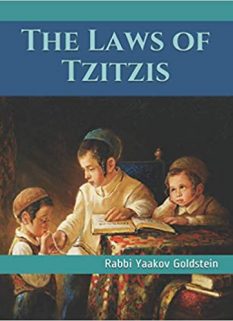
Coconut:[1]
Flesh: The white flesh of a coconut is Haeitz.
Grated coconut: Grated coconut is Heitz.
Ground coconut: Ground coconut is Shehakol.
Cookies such as macaroons:[2] If made from finally ground coconut, then the blessing is Shehakol. If it contains chunks of coconut, then the coconut is Haeitz. If made from grated coconut, the accepted approach is to say the blessing of Shehakol.
Coconut Water:[3] Some Poskim[4] rule that the coconut water found within the coconut receives the blessing of Haeitz. Other Poskim[5], however, rule that its blessing is Shehakol. Practically, one is to recite the blessing of Shehakol.[6] This however only applies when eating the coconut water on its own, however when eating at the same time as eating the coconut flesh, such as together or drinking the water after finishing eating the flesh you know blessing said the secondary.[7]
_________________________________
[1] Shaar Hatziyon 208:42; Piskeiy Teshuvos 202:22
What is coconut: Coconuts grow on coconut palm trees, scientifically known as Cocos nucifera. These trees thrive in tropical climates, particularly near coastlines where they can access plenty of sunlight, water, and nutrient-rich soil. The coconut itself is the seed of the palm tree. If a coconut falls to the ground and lands in a suitable spot with enough moisture, it begins to germinate. The sprout emerges from one of the three “eyes” of the coconut, and roots extend into the soil. A small shoot grows upward to form a sapling. Over several years (typically 5-7), the palm tree matures, growing taller and developing a canopy of fronds. The trunk thickens to support the tree’s height. Once mature, the tree produces flowers, which are pollinated either by the wind or insects. The fertilized flowers develop into coconuts, taking about 12 months to fully ripen. The coconuts grow in clusters at the top of the tree, hanging from the base of the fronds. A healthy tree can produce dozens of coconuts annually and continue to bear fruit for several decades.
Its parts: A coconut is made up of several distinct parts, each with its own unique properties and uses:
- Outer Husk (Exocarp and Mesocarp): This is the fibrous outer covering that protects the coconut. It can be used to make ropes, mats, brushes, and coir—a natural fiber often used in textiles and gardening.
- Shell (Endocarp): The hard, woody layer inside the husk. The shell provides structural protection for the coconut’s contents and is often used for crafting bowls, cups, or decorations.
- White Flesh (Meat): The edible, nutritious layer found inside the shell. Coconut meat is used fresh, dried (as desiccated coconut), or processed into oil, milk, and cream.
- Coconut Water: Found inside the cavity of the coconut, this is a refreshing and hydrating liquid rich in electrolytes.
- Sprout (if germinating): If the coconut starts germinating, a spongy, edible structure called the “apple” or “cotyledon” forms inside the shell.
- Embryo and Eyes: The small, soft area inside the coconut where the sprout eventually emerges.
[2] See Seder 7:22-23; Admur 202:17; Ketzos Hashulchan Halacha 1; Piskeiy Teshuvos 202:22 footnote 122
[3] Piskeiy Teshuvos 202:24
[4] Ginas Veradim 1:26; Yad Aharon; Ketzos Hashulchan 53:8
[5] Halachos Ketanos 1:63; Ben Ish Chaiy Pinchas 9; Kaf Hachaim 202:62;
[6] Kaf Hachaim ibid; Betzel Hachochma 6:92; Piskeiy Teshuvos ibid
[7] Ben Ish Chaiy ibid; Kaf Hachaim ibid


Leave A Comment?
You must be logged in to post a comment.